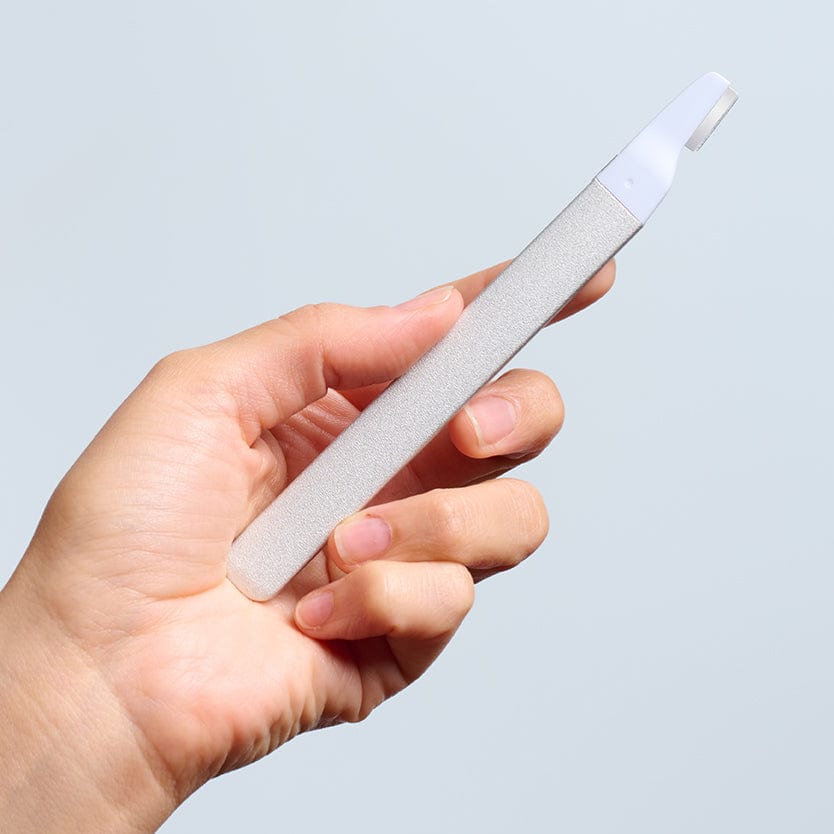Skincare 101: Sunscreen Sensitivity
Written by Kerry Benjamin

More important than slathering on sunscreen for a day at the beach is making sun protection an essential step in your daily routine. Harmful UVA and UVB rays increase the risk of skin cancer and promote wrinkles, but there are some ingredients in sunscreen that cause acne and sensitivity while protecting your face.
Many popular sunscreens contain chemical filter ingredients that can be problematic for those with sensitive skin. Sunscreen sensitivity isn’t always immediately obvious, but manifests by making skin tingly, itchy, red, and swollen. While rare, in extreme cases sunscreen sensitivity can even cause a severe allergic reaction resulting in skin blistering. If you notice any of these symptoms in the areas where you’ve applied sunscreen, you may need to reconsider your current protective regimen.
Chemical Sunscreens to Avoid:
Chemical sunscreens are very popular in the skincare industry because, unlike physical sun protectants like zinc, they are completely clear and leave no chalky residue on the skin. While not harmful for most people, sensitive skin types may react to this type of sun protection. Some chemical sunscreen ingredients are especially irritating because they are made up of multiple organic compounds working together to block harmful rays. These ingredients absorb UV rays and convert them into heat, which can increase redness, especially for those with rosacea. When shopping for a chemical sunscreen, look for labels without the following ingredients:
- Cinnamate/Octinoxate: As the most common UVB-absorbing agent on the shelves, cinnamates are clear liquids that absorb UVB rays. Although they are thought to be a gentler alternative to other sunscreen ingredients, cinnamates may be less effective once exposed to sunlight (which sort of defeats the purpose of sunscreen!) and may produce free radicals that result in red, irritated skin.
- Oxybenzone: This organic compound is colorless and excellent at UVA and UVB absorption, making it a popular sunscreen ingredient. However, oxybenzone (also called benzophenone) is especially problematic for sensitive skin because it increases skin’s photosensitivity and may have effects on hormones that increase the likelihood of inflammation.
- PABA: Para-aminobenzoate is a UVB protector found in folic acid and many common grocery items, but its topical use may cause allergic dermatitis. Like oxybenzone, PABA is known to increase sensitivity to allergic reactions while also boosting the risk of cellular UV damage. Most troubling are studies showing a connection between PABA-releasing free radicals and DNA damage.
Physical Sunscreens to Try
If you experience symptoms of sunscreen sensitivity, you may want to consider physical sunscreen alternatives. Sunscreens with zinc oxide and titanium dioxide are less irritating because they sit on the surface of the skin, physically blocking UV rays rather than absorbing them and converting them into heat. Look for:
- Titanium Dioxide: Titanium dioxide occurs naturally and has UV-reflective properties making it particularly stable in the presence of UV rays.
- Zinc Oxide: Although found in nature, zinc oxide is typically manufactured synthetically and is effective at preventing sun damage. In fact, zinc oxide is the broadest spectrum FDA-approved ingredient that protects against both UVA and UVB rays.
About the Author

Kerry Benjamin, a licensed aesthetician, has over 14 years of experience. Kerry is the driving force behind StackedSkincare. As the company's CEO, Kerry has dedicated her career to revolutionizing skincare. Her innovative approach combines peels, serums, and specialized tools to effectively address a wide range of skin concerns. CA LE license number Z98459.

